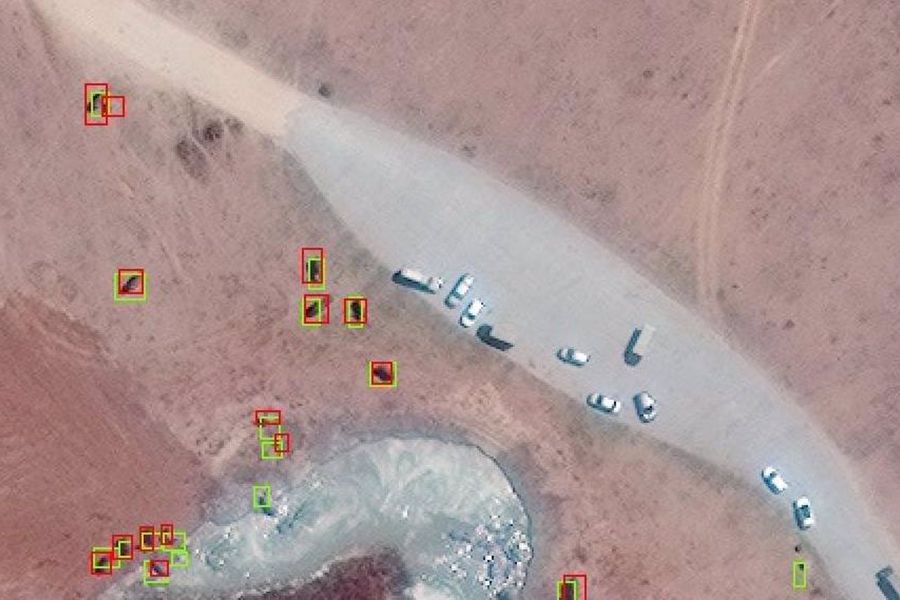African elephants are disappearing. They are decimated by poaching and habitat loss. It is imperative to monitor your population in detail. How can you get the best follow-up possible? Maybe count elephants from space? If you think so, then you did it right. This is what some Oxford researchers do.

From the air
Currently, the most common surveying technique for elephant populations is air counting from manned aircraft. However, poor visibility, natural fatigue and logistics costs are constant challenges. The Oxford Zoology and Machine Learning Research Group (WildCRU) aims to solve this problem.
Satellites can collect more than 5,000 square kilometers of images in a single pass. You can do this in minutes and eliminate the risk of double counting. Satellite surveillance is a discreet technique that does not require a presence on the ground. Thus the populations are not disturbed. Areas that were previously inaccessible become accessible. Cross-border areas can be inspected without a land permit. This was reported in a statement from Oxford University.
By automating the detection, a process that would formally have taken months can be completed in a few hours. Machines are less prone to errors. They can be remedied by systematically improving the models. The same is not true of people.

Train the machine
The team created a bespoke training set of more than 1,000 elephants in South Africa. It was entered into a convolutional neural network (CNN) and the results compared to human performance. Elephants can be recognized in satellite images with an accuracy as high as the recognition capacity of humans. The model could even spot elephants in locations far away from the training data point. After training the machine on adults only, he was able to identify the boys.
This shows the power of conservation technology. Satellite remote sensing and deep learning technologies promise the preservation of these majestic mammals. If counting elephants from space gives us the opportunity to help the species then this is a great tool. The study is published in Remote Sensing in Ecology and Conservation.

